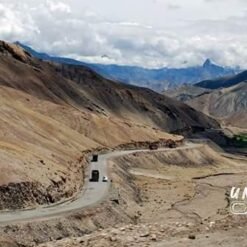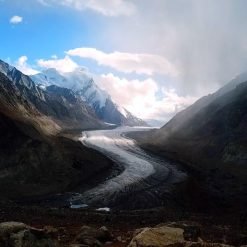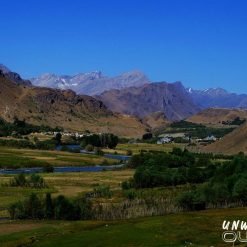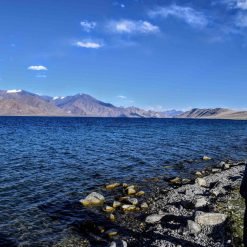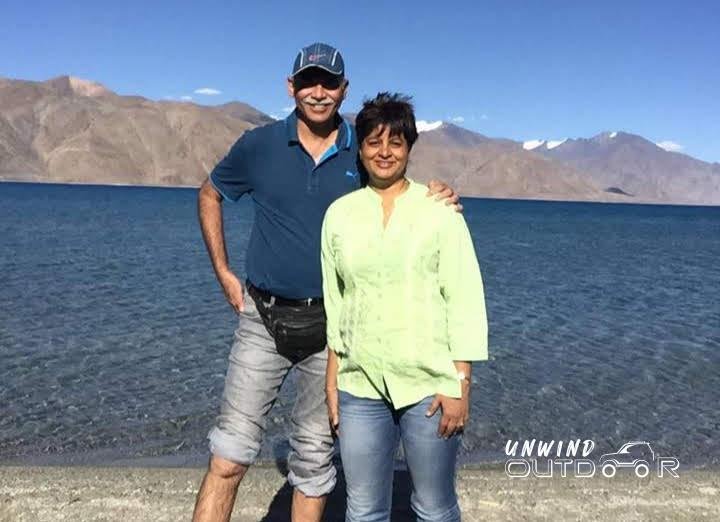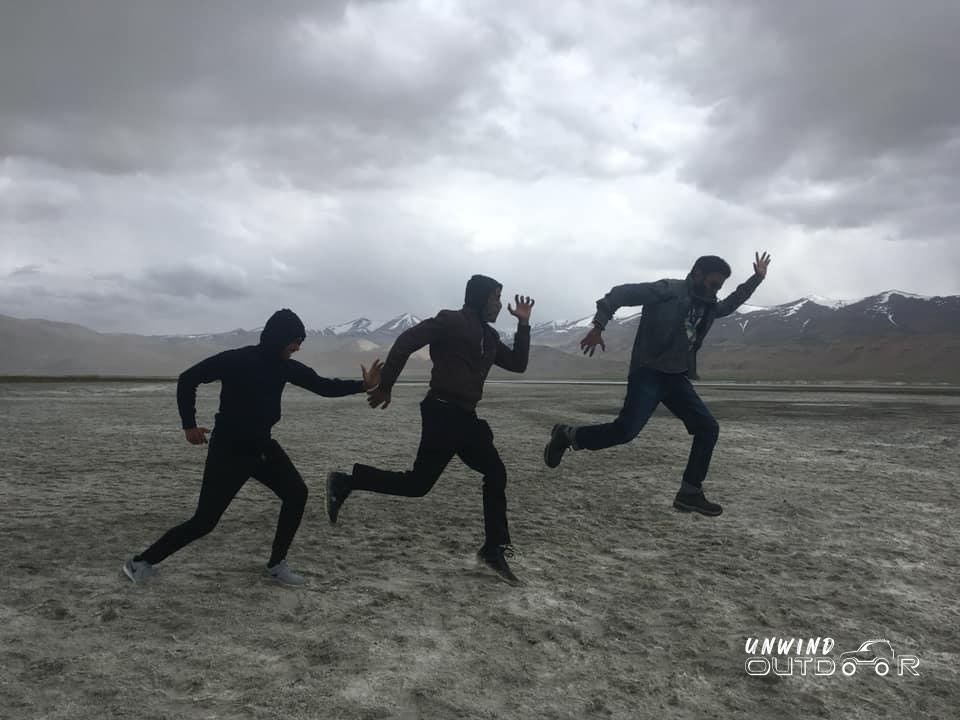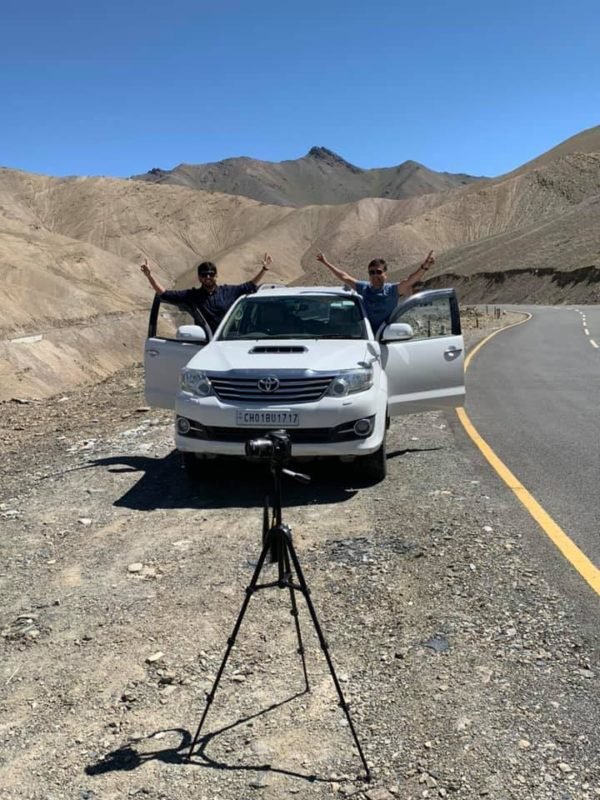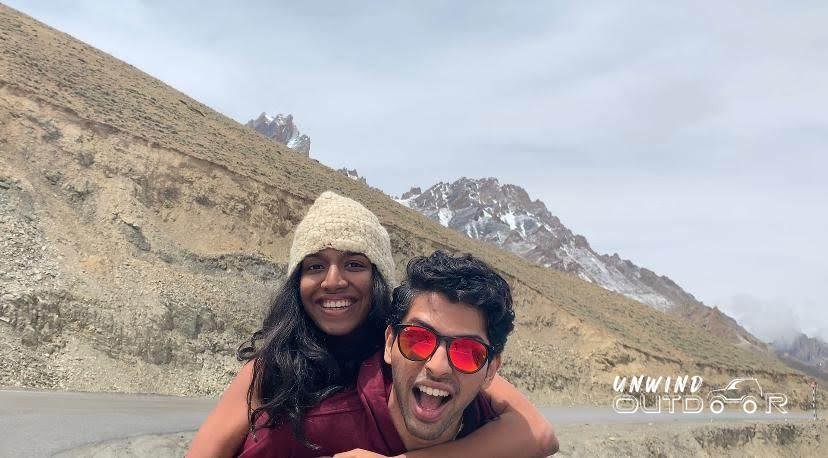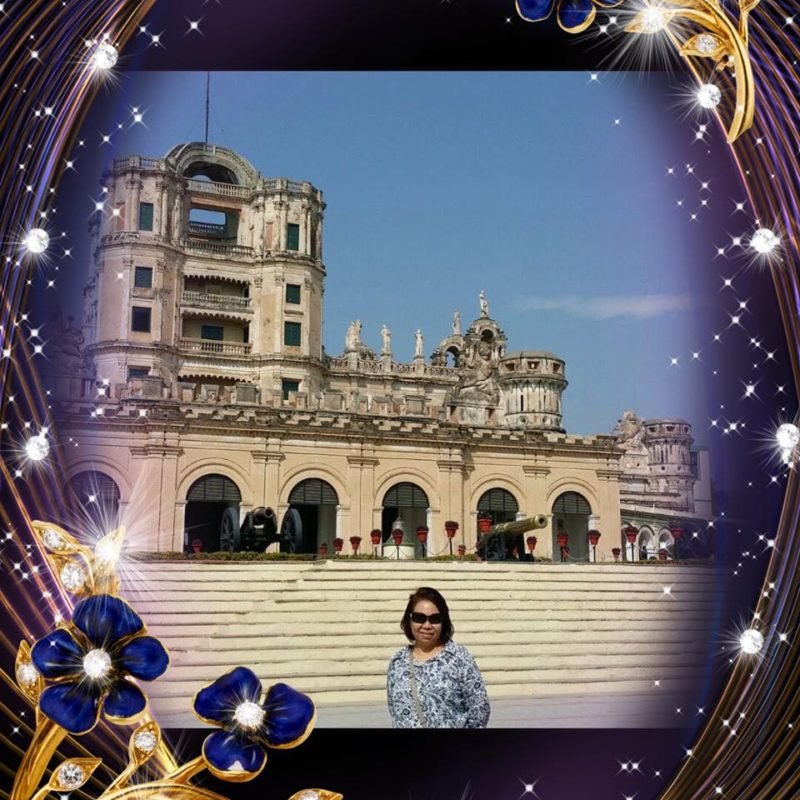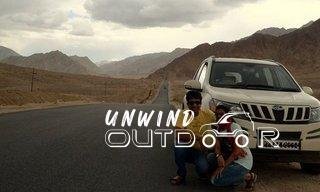Changpas of Ladakh are a lesser-known tribe. When we hear the word tribe, the image that pops into our minds is that of a ferocious clan, adorned with shells and headgear, faces smeared with black paint, who hate outsiders. Add the prefix semi-nomadic and the image grows even stronger. Imagine my surprise at discovering that the Changpas of Ladakh welcome people into their make-shift homes with warm smiles and piping hot tea.
It is difficult to believe that in a day and age that connects people even to live darshans with Gods, there exist pockets of the world where people live in almost complete isolation, cut off from all modern ways and devices.
It is something I’ve always wondered – why do people seem so rooted in their old ways when better and more comfortable ways are within reach? And then I am struck by my presumption that our lives are happier than theirs. One only has to spend some time with these people and watch them spin yarns, feed their animals, or simply put on a kettle of tea, to know that in fact, the opposite might be true.
The Changpas are a semi-nomadic tribe, originally from Tibet. Found mainly along Rupshu, Kharnak and Tso Moriri, in the Changthang region of Ladakh, these tribes have demarcated areas that they migrate between. The Changpas rely almost entirely on livestock for all their needs. This pastoral life is fraught with difficulties, especially at these altitudes. Almost every task undertaken by Changpas is directly or indirectly tied to their animals.
A typical day in their life begins with letting their sheep and yaks out of the pens. Families take turns in leading the herds to grazing fields. It is mostly the sheep that are looked after and the yaks are let loose to graze by themselves. The Pashmina sheep are undoubtedly the main source of income for these people, contributing the most revenue to Ladakh, second only to tourism. The shepherds watch after them all day, while back home, the others prepare bags of grains to feed the animals on their return. The weaker ones are given special care and attention, but all of them are looked after meticulously. As the springs begin to run dry or the grass is buried under layers of snow, the Changpas migrate in search of greener pastures.
The migration of Changpas is a spectacle to behold. It is a marvel to see them wrap up almost their entire lives to fit on the backs of their yaks. As the march to their next destination begins, generally by dawn, the Changpas mount their horses and leave behind their temporary homes, the smoke sometimes still billowing from the doused fires of their Bukhari. The procession stretches up to almost 2 kilometers, with the clan moving in a tightly packed formation along with their animals. Traversing through the vast plains, they dot the stark landscape dramatically, with rows and rows of constant movement.
The relationship between the Changpas and its animals is almost sacred. Not only do they migrate for the well-being of their animals, but their entire lives revolve around them.
Living between 12000-16000 ft, where no crops grow, it is obvious that they rely on their livestock for all their needs and livelihood. It is no wonder then, that they treat their animals almost with a sense of veneration.
However, the Changpas follow Tibetan Buddhism, a religion that preaches non-violence. Their consumption of meat, therefore, instills in them a deep sense of guilt and they truly believe that they are leading sinful lives.
Most Changpas spend their entire lives believing that they must pay penance, and there are always mantras on their lips or prayer wheels in their hands while performing their chores. This thought seems to form the backbone of their religious pursuits and there are deep-rooted religious ceremonies that mainly involve purification and forgiveness of their sins.
It is funny how a nomadic life follows such a set cycle. There is more structure in their lives than ours. The people perform the same chores and activities day after day, taking no breaks, whatever the weather conditions. Even once they are back home after a gruelling day, they do not sit idle and help finish odd jobs. Neither do the people staying at home rest. There is a constant flux of activities, again centered around their animals. Despite these harsh conditions and incessant movement, they find the time to break into songs, while shaking curd vigorously in a bag made of goat skin, or hand grinding barley purchased from Leh into Tsampa (roasted barley flour). The barley is also used to make Chang, an alcoholic drink almost synonymous with festivities and gaiety.
Life here is tough, especially in the winters with temperatures dropping to almost -50 degrees. Perhaps, this tough life is the reason behind the polyandry that exists in this society. Although we may consider it unusual at best and immoral at worst, it is a practice that makes sense in these harsh conditions. The summer months are better, a time to spend weaving carpets out in the sun, while the children prance about. The people take full advantage of this and prefer doing all their activities outdoors.
Be it the Losar celebrations, or the Jyabten puja that follows it, the shearing of their sheep or the fun-filled Sta Gyuks, the people participate with gusto and cheer. The Changpas do not fear icy Himalayan winds, or depleting grasslands, a snowstorm or the harsh terrain. Everything is taken into stride and dealt with, without being morose. There is only one response to every problem, and that is to change what can be changed and accept what can’t. There is no time lost in moping around, and as such, these people seem to possess a zen-like quality that is enviable.
The world demand for pashmina and cashmere has worked extremely favorably for the Changpas, and bestowed them with a supple earning. This has led to a different kind of migration – one to the cities. As more and more young people take to the larger towns and cities like Leh, it seems like a distinct possibility that the traditions of the Changpas might dilute down. As jeeps replace horses, one feels a sense of nostalgia for this unusual life, centered around animals. A life spent in barrenness, but one that is so full. A life of hardship, no doubt, but also one worth the wrinkles. As questions of existentialism surface on my mind from time to time, I think about these people who have found meaning in a continuous cycle of doing the same things. While I struggle to leave behind what does not serve me, I think about the ease with which they shrug off their entire life, wrap it up, load it on a yak and set forth on their journey.













